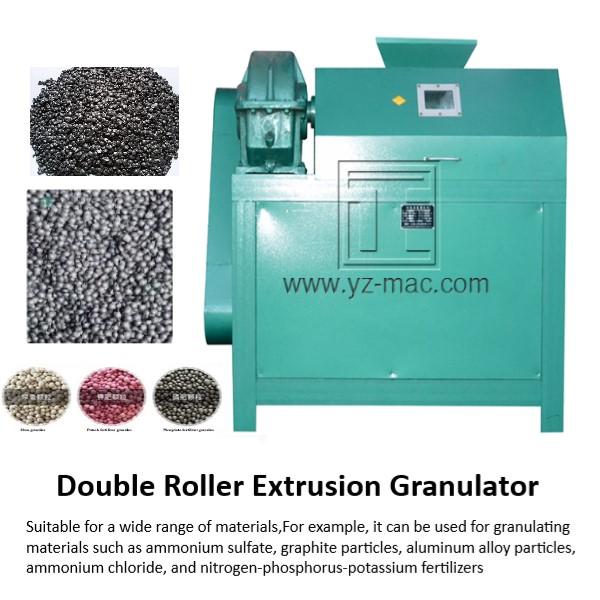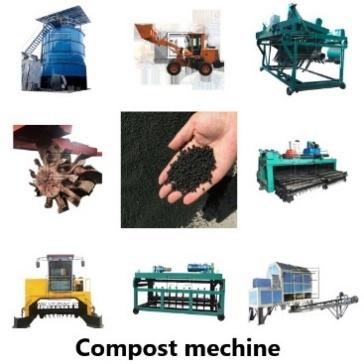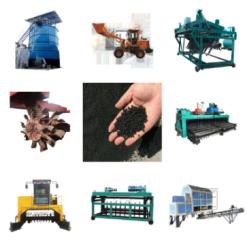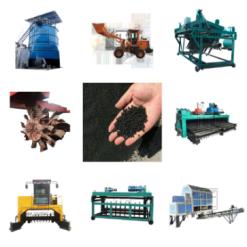Graphite electrode compaction process
The graphite electrode compaction process involves several steps to produce graphite electrodes with the desired shape and density. Here is a general overview of the graphite electrode compaction process:
1. Raw Material Preparation: High-quality graphite powders, binders, and other additives are selected and prepared according to the desired electrode specifications. The graphite powder is typically fine and has a specific particle size distribution.
2. Mixing: The graphite powder is mixed with binders and other additives in a high-shear mixer or other mixing equipment. This process ensures the uniform distribution of the binder throughout the graphite powder, enhancing its cohesiveness.
3. Granulation: The mixed graphite material is granulated into small particles using a granulator or pelletizer. This step helps to improve the flowability and handling characteristics of the material.
4. Compaction: The granulated graphite material is fed into a compaction machine or press. The compaction machine applies pressure to the material, causing it to be compacted into the desired shape and density. This process is typically done using dies or molds with specific dimensions.
5. Heating and Curing: The compacted graphite electrodes are often subjected to a heating and curing process to remove any residual moisture and to strengthen the binder. This step helps to enhance the mechanical strength and electrical conductivity of the electrodes.
6. Machining and Finishing: After the compaction and curing process, the graphite electrodes may undergo additional machining and finishing processes to achieve the final dimensions and surface quality required.
7. Quality Control: Throughout the compaction process, quality control measures are implemented to ensure the electrodes meet the required specifications. This may include dimensional checks, density measurements, electrical resistance testing, and other quality assurance procedures.
It’s important to note that the specific details of the graphite electrode compaction process can vary depending on the equipment, binder formulations, and desired electrode specifications. The process can be customized and optimized to meet the specific requirements of different industries and applications. https://www.yz-mac.com/roll-extrusion-compound-fertilizer-granulator-product/








